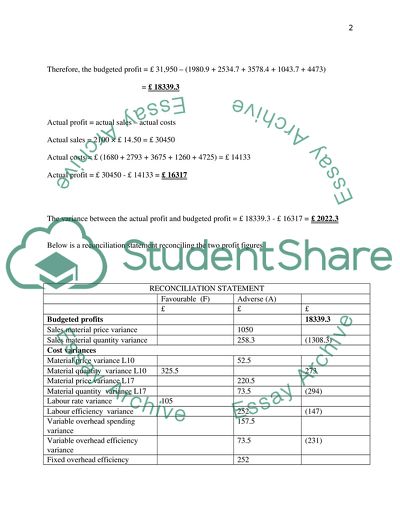Cite this document
(Management Accouting Essay Example | Topics and Well Written Essays - 2000 words, n.d.)
Management Accouting Essay Example | Topics and Well Written Essays - 2000 words. https://studentshare.org/finance-accounting/1816774-management-accouting
Management Accouting Essay Example | Topics and Well Written Essays - 2000 words. https://studentshare.org/finance-accounting/1816774-management-accouting
(Management Accouting Essay Example | Topics and Well Written Essays - 2000 Words)
Management Accouting Essay Example | Topics and Well Written Essays - 2000 Words. https://studentshare.org/finance-accounting/1816774-management-accouting.
Management Accouting Essay Example | Topics and Well Written Essays - 2000 Words. https://studentshare.org/finance-accounting/1816774-management-accouting.
“Management Accouting Essay Example | Topics and Well Written Essays - 2000 Words”. https://studentshare.org/finance-accounting/1816774-management-accouting.


